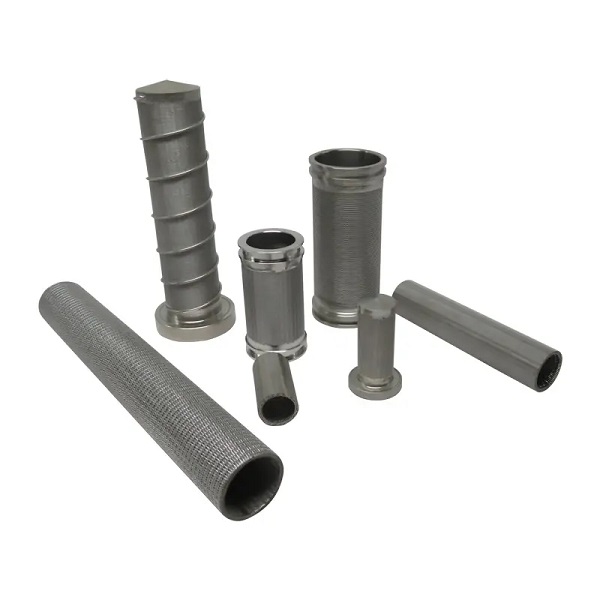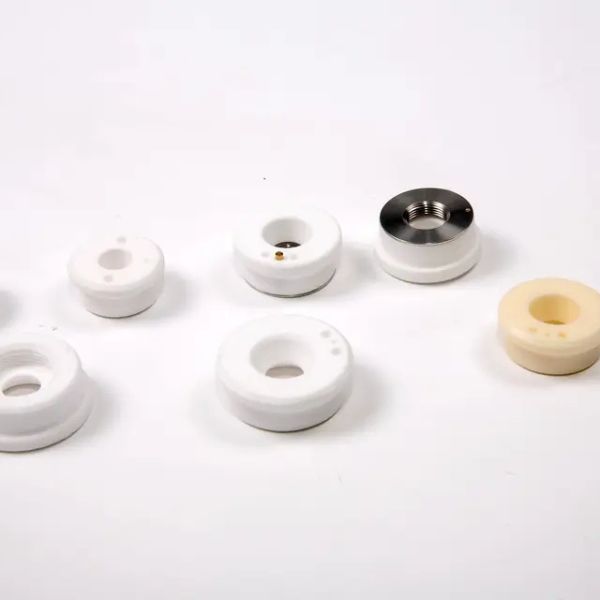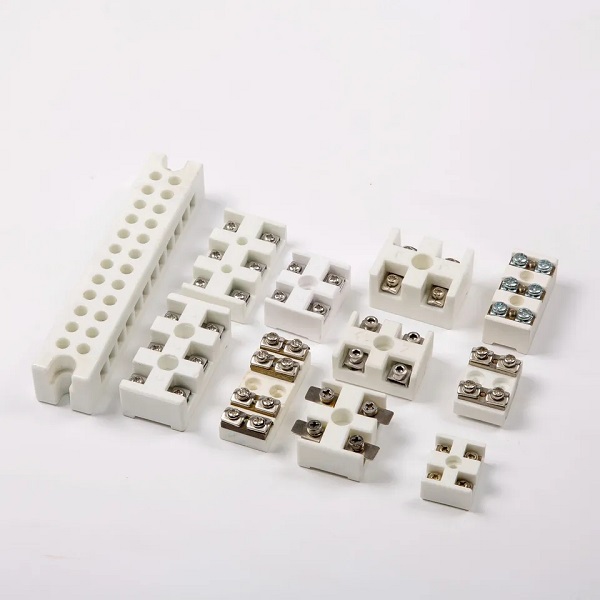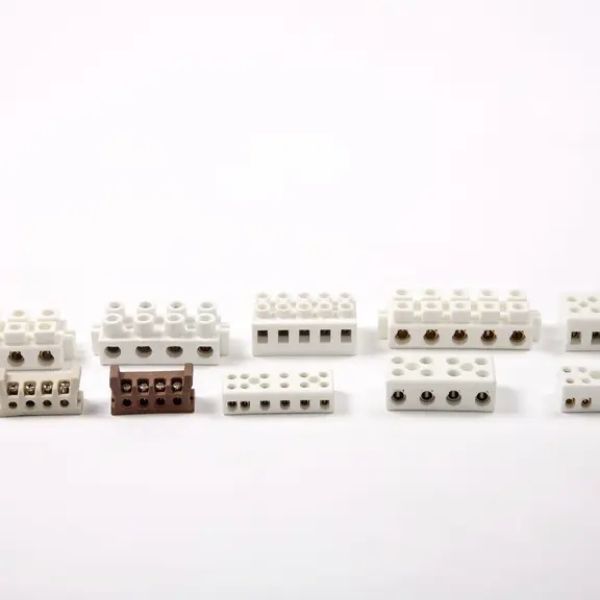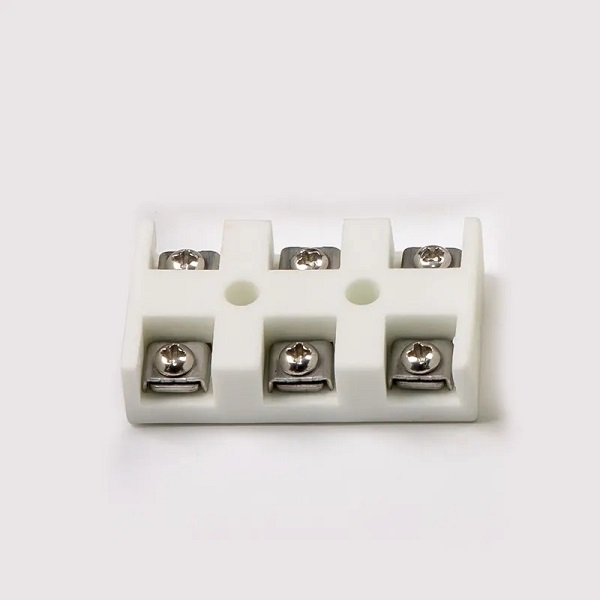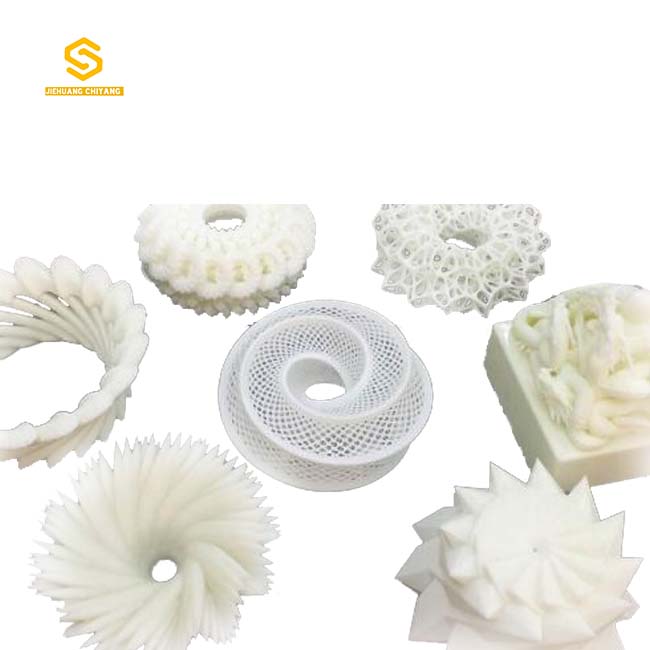- Metal Injection Molding MIM Parts
- Powder Metallurgy
- Die Casting
- 3D Printing
Story With Customer
3D Printing
How does 3D printing work?
One additive manufacturing method is 3D printing. It is "additive" in that it simply stacks and fused layers of material to create actual objects instead of needing a block of material or a mold. It can build more complicated geometries than "conventional" technologies, is often quick, has cheap fixed setup costs, and works with an ever-growing range of materials. The engineering sector makes substantial use of it, especially when prototyping and developing lightweight geometries.
Additive manufacturing and 3D printing
The term "3D printing" is frequently linked to maker culture, amateurs and enthusiasts, desktop printers, accessible printing techniques like FDM, and inexpensive materials like ABS and PLA. This is partly due to the affordable desktop printers that emerged from the RepRap movement, such as the original MakerBot and Ultimaker, which contributed to the democratization of 3D printing and the 2009 3D printing boom.
3D Printing Technology: The Future of Innovative Manufacturing
3D printing history
3D printing concept products started in the 1970s. In 1981, Japanese scientist Dr. Kodama, who was the first to describe the layer-by-layer printing manufacturing method, tried 3D printing, and personally created the SLA (stereolithography) 3D printing technology-photosensitive resin polymerized by ultraviolet light.
A few years later, American scientist Charles Hull also conducted in-depth research on the technology of SLA, and submitted the first patent of SLA in 1986. Founded 3D Systems and released their first commercial product, the SLA-1, in 1988. (picture below)
SLA can be said to be the earliest developed 3D printing technology, so when did SLS (Selective Laser Sintering) and FDM (Fused Deposition Modeling) later
In 1988, American Carl Deckard patented SLS technology at the University of Texas, which is another 3D printing technique in which a laser locally fuses powder particles together to print . In the same year, Scott Crump, one of the founders of Stratasys, applied for a patent for fused deposition modeling (FDM). From 1980 to 1990, the three main technologies of 3D printing were all patented, marking the beginning of a period of rapid development in this industry. .
In Europe, EOS GmbH created a design system for 3D printing: the Stereos" system. Today, its 3D printed models in the industrial sector are used worldwide for SLS 3D printing technology (Selective Laser Sintering) for plastics and metals recognized in.
In 1992, the FDM (Fused Deposition Modeling) 3D printing technology patent was authorized by Stratasys, which developed 3D printers to meet the different needs of many professionals and individuals.
From 1993 to 1999, various technologies emerged in the 3D printing industry. At the same time, more and more new CAD software, and 3D modeling software were developed, for example, Sanders Prototype (now called Solidscape) which was one of the first participants created.
3D printing multi-field applications
In 2008, the first 3D-printed prosthetic came out, which further increased the share of 3D printing in the media. People found that 3D printing can not only print traditional parts but also be applied to human body repair. This amazing medical 3D printing project combines all parts of a biological limb and can be printed "as is" without any subsequent assembly. Today, combined with 3D scanning, 3D printed medical prostheses, and orthotics are getting cheaper and faster to meet the needs of patients. Moreover, these prostheses are increasingly optimized and adapted to the patient's morphology. 3D printing brings new opportunities for mass personalization. (add picture)
2009 was the year that FDM patents entered the mass consumption field, which opened up a new path for extensive innovation of FDM 3D printers. As the price of desktop 3D printers dropped, more and more people were able to pay attention to the development of the 3D printing industry.
In 2013, US President Barack Obama mentioned 3D printing in his State of the Union address as the main mode of production of the future, making "3D printing" an absolute buzzword. Now, its place in the public mind is very prominent. More and more small and medium-sized companies are taking advantage of the low-cost prototyping provided by 3D printing, fully integrating it into their iteration, innovation and production processes.
3D printing concept car
As far as construction applications are concerned, 3D printed houses are now a reality. People moved into 3D printed houses for the first time in 2018. The house has an area of 1022 square feet, which is very livable. It took a total of two days to print.
The classification system of 3D printing on the similarities and differences between manufacturing and 3D printing
Take the hollowed-out ball as an example. There are more than a dozen flowers on the surface. If it is processed by traditional machining, it will be very troublesome, and the patterns must be modified one by one. And if you choose 3D printing, there is no waste of material, so it also has a name called additive manufacturing, which means that the method of gradually accumulating materials is used to manufacture physical parts. The traditional method is to make the embryo first, then remove the excess material, and the remaining material is the required shape. If a problem is detected, it is necessary to open a mold and modify it; while 3D printing uses little by little material accumulation, you can quickly see the finished product.
3D printing technology realization
3D printing technology is applied to industrial production. What 3D printing needs to use is not the physical object, but the digital model. If you want to 3D print the real object in front of you, then you must use a computer to model it, or use a 3D scanner to digitize the real object, that is, a 3D model, and you can print out things in as little as fifteen minutes. At present, 3D printing technology is divided into four major categories: FDM, DLP/SLA, and SLS
SLS-- laser sintering molding process
SLS is a relatively high-tech powder that melts under high-temperature conditions of laser irradiation. Spread a layer of thin powder on the workbench, and scan the cross-section of the layer with the laser beam to raise the temperature to the melting point, so as to realize sintering and bonding, repeat powder spreading, sintering, grinding, and drying until the model is formed. In fact, 3D printing is 2D printing over and over again. If you slice an object very thin, you will find that each piece has a shape. If you put all the shapes together, you get a three-dimensional structure object. So we use lasers to draw graphics. The resistance of SLS molded parts to the environment (temperature, humidity, and chemical corrosion) is similar to that of thermoplastic materials; while the resistance of SLA molded parts is relatively poor, for example, SLA workpieces molded with epoxy resin are susceptible to moisture and chemicals. Corrosion, it will soften and warp in an environment above 38°C, but the forming accuracy is high.
SLA --stereolithography molding process
SLA is a light-curing technology, which is relatively developed in China at present. "Stereolithography" is when the laser beam outlines the first layer shape of the object on the surface of the liquid resin, and then the production platform is lowered by a certain distance (between 0.05-0.025mm), and then the solidified layer is immersed in the liquid resin, and so on. The resin used is a photosensitive resin, which will form a solid state after being irradiated by the laser beam, and the forming model is fast and precise.
DLP-- stereolithography molding process
DLP digital light processing, known as laser shaping technology. DLP 3D printing technology has many similarities with SLA 3D printing technology. If production is likened to drawing a circle with a pencil, then SLA technology is equivalent to drawing layer by layer, while DLP is equivalent to stamping directly. The mass production we are pursuing has two very important points, one is efficiency, and the other is material cost. There is a 3D printer that can print hundreds of times faster than traditional manufacturing, that is, the face-to-face technology, which has been developed by a company in Shenzhen, Light Prism Technology. It takes 2-5 hours to print a hollow ball with traditional FDM 3D printing, and it takes an hour at the fastest, but it only takes about 10 minutes to print with the latest face-to-face technology. The printing speed is amazing. Once this 3D printing is on the market, The impact on traditional crafts is still great.
FDM --Fused Deposition Molding Process
Compared with DLP and SLS technologies, FDM technology is relatively simple, so it has a large audience and is easier to enter the family. The prototype is directly constructed from the 3D CAD data by using the thermoplastic material to be extruded into a semi-molten filament, which is deposited on a layer-by-layer basis. The advantages of FDM technology are simple mechanical structure, easy design, low manufacturing cost, maintenance cost and material cost, and no pollution to the environment. Therefore, FDM is also the most widely used technology in household desktop 3D printers. It is a relatively traditional printing method, which does not use laser and has low cost, but the accuracy is not high and the printing speed is very slow. This is the most accessible method for everyone, and it is generally used in the education market.
The Impact of 3D Printing on Manufacturing and Traditional Craftsmanship
Advantages of 3D printing
(1) Customization
Taking dentistry as an example, everyone's teeth are different, but 3D printing can solve the contradiction between customized production and mass production, and mass produces customized implants, braces, etc.
(2) sample real-time
Because of the fast speed of 3D printing, the designer designs a version of the product in the morning, and the leader can see the finished product at noon, and then designs another version at 6 pm, and can see the finished product the next morning, which greatly accelerates the development of new products speed. If it is not particularly complicated, 3D printing can produce finished products in 3 hours, while traditional proofing takes 4-6 weeks each time, so the overall speed of industrial design is also improved.
(3) No pollution
Since the raw materials produced are all environmentally friendly, the entire production process is pollution-free production. There is no pollution of waste gas and waste water, and no waste of leftover materials.
(4) Dataization
When digital dentistry matures, the technical requirements for doctors will be greatly reduced. Patients only need to use the instrument to scan for two minutes in the hospital, and they can know the causes and solutions of all dental problems.
In addition, 3D printing can also be used for orthodontics, printing personalized and customized transparent braces. During plastic surgery, should the teeth move to the left or forward? How many millimeters to move? In the past, dental surgery relied solely on the doctor's personal experience, but digital dentistry has increased the stability of the operation and lowered the technical threshold for doctors.
(5) Fast
Compared with traditional industrial processes, 3D printing does not require preliminary preparations such as manpower and transportation. It only needs machines and raw materials, and it can be put into production quickly.
(6) Automation
It can be said that there is only one 3D printer between the virtual imagination and the real thing. The one-key production of 3D printing saves a lot of labor costs and human errors.





